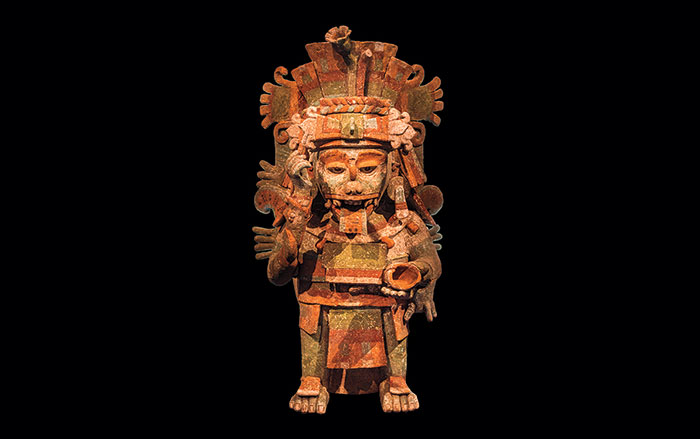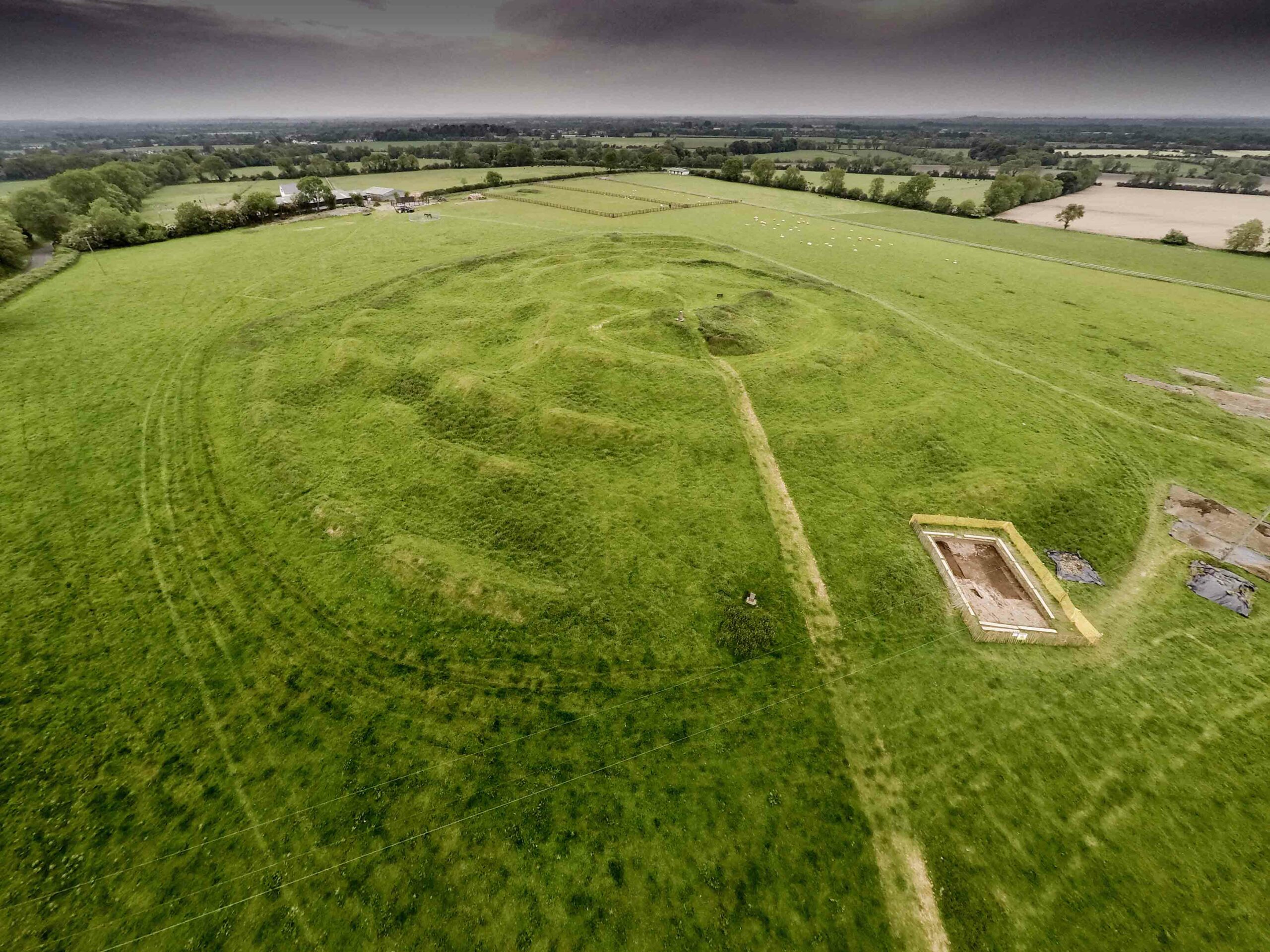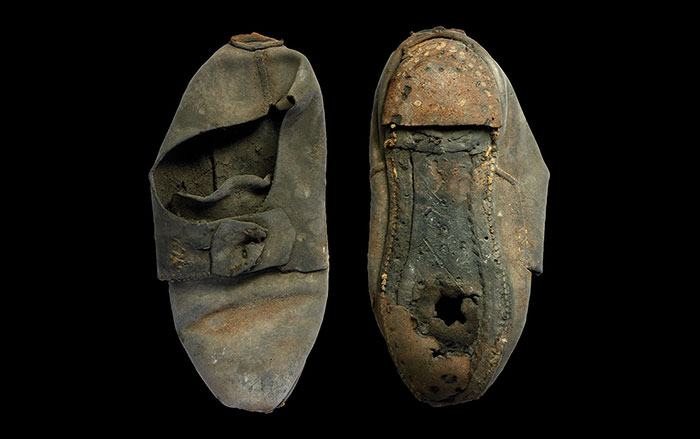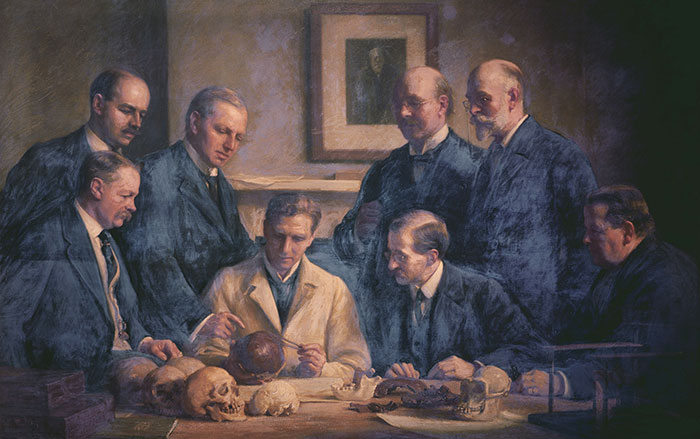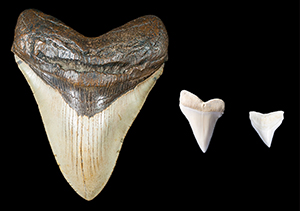
HARRISONBURG, VIRGINIA—Sarah Newman of James Madison University has studied how the Maya may have combined what they knew about sharks with their understanding of the creation of the world, according to a report in Live Science. The fossilized remains of megalodon sharks, who lived between 23 million and 2.6 million years ago, have been found in offerings at many archaeological sites in Central America. Newman suggests that fossilized shark teeth may have inspired the creation of a sea monster called Sipak by the Maya, and Cipactli by the Aztecs, which is portrayed as having a single giant tooth. “Mayan iconography is notoriously difficult to piece out, but you can see [the monster] is a fairly realistic representation of a shark with a bifurcated tail, and it has jagged jaws—but it does have that one central tooth,” Newman said. The teeth of living species of sharks have also been found in sacred offerings, even in inland cities where the residents may never have seen an entire shark. Newman thinks cultural concepts of sharks may have spread along with the traded shark remains as a way to make sense of the world. For more, go to “Letter from Guatemala: Maya Metropolis.”




